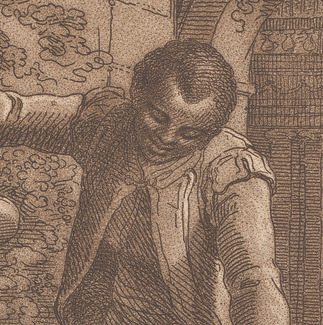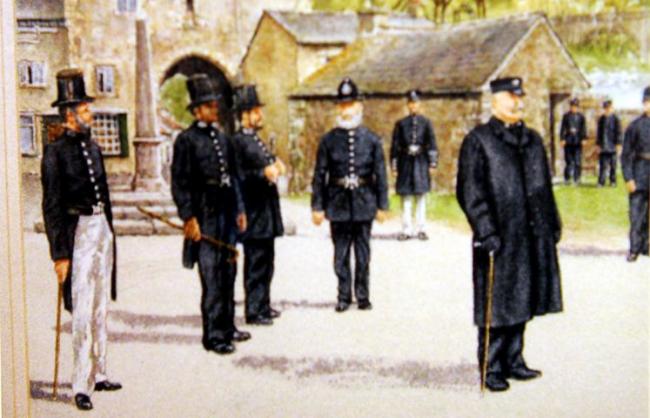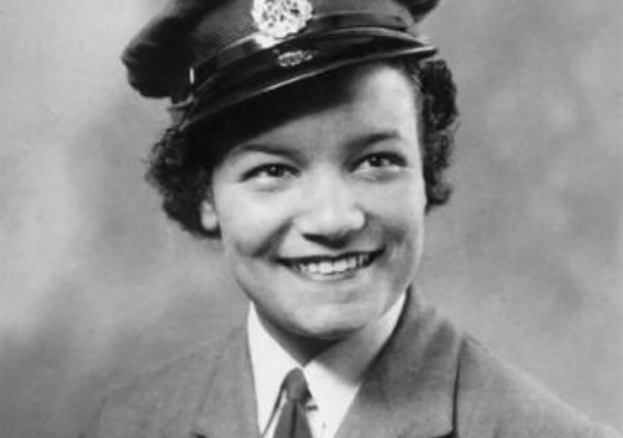
October is Black History Month, so every day during October I will be posting up an introduction to an historical person of colour with a place in the history of the United Kingdom.
Ottobah Cugoano, from Ghana, lived in the second half of the eighteenth century and was a campaigner for the abolition of slavery. Captured and sold into slavery at the age of 13, he was shipped to Grenada where he worked on a plantation. In 1772 he was purchased by an English merchant who took him to England, where he was taught to read and write, and was freed following the ruling in the Somersett Case (1772). Many Englishmen misinterpreted this case as outlawing slavery, which in fact it did not.
Later working for artists Richard and Maria Cosway, he became acquainted with British political and cultural figures including the poet and artist William Blake and the Prince of Wales, and joined the Sons of Africa, a group of African abolitionists in England.
In 1786 he played a key role in the case of a kidnapped black man who was to be shipped back to the West Indies, by contacting a well-known abolitionist, who was able to have the man removed from the ship before it sailed. (Possibly one of those pesky ‘activist lawyers’ we hear so much about from the Government these days.)
In 1787, possibly with the help of his friend Olaudah Equiano (see No 2 in my series for this month) Cugoano published an attack on slavery entitled Thoughts and Sentiments on the Evil and Wicked Traffic of the Slavery and Commerce of the Human Species. The work was sent to King George III, the Prince of Wales, and leading politician Edmund Burke, though it does not appear to have changed the mind of the King on the subject of the slave trade.
Four years later, in 1791, Cugoano published a shorter version of his book, but nothing is known of him after this.
Just two months ago, it was announced that Cugoano is to be honoured with a blue plaque in London.
More about Ottobah Cugoano at https://en.wikipedia.org/wiki/Ottobah_Cugoano








